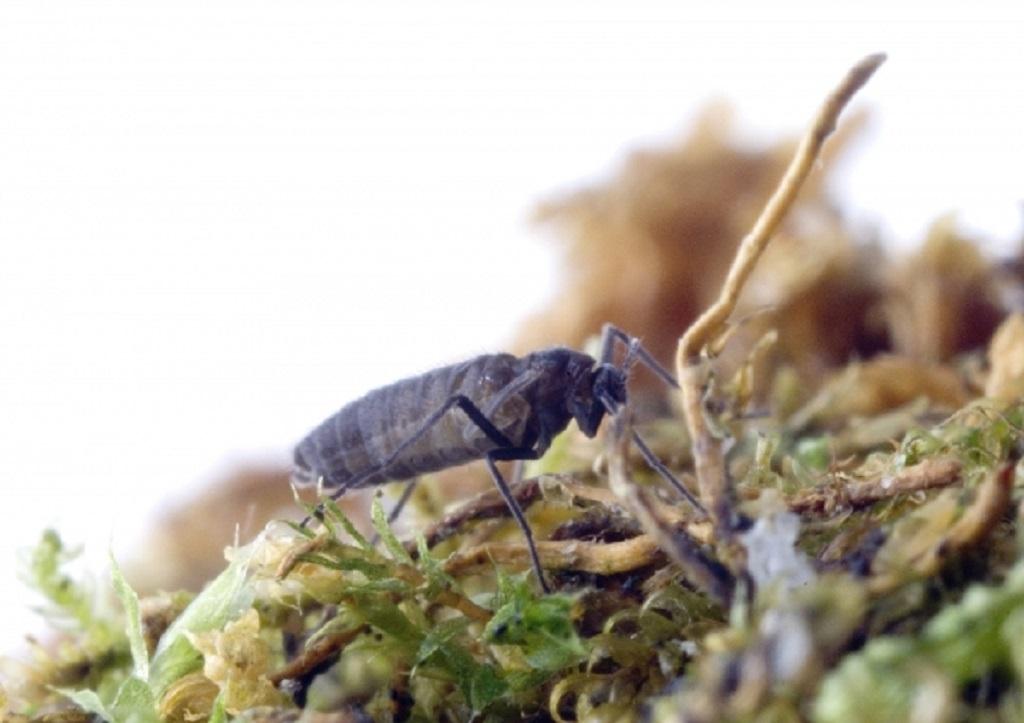7667766266
enquiry@shankarias.in
WHO declares end to viral disease 'mpox' public health emergency.
The capital ‘T’ in ChatGPT stands for ‘transformer’.
Antarctica’s Signy Island, half of which is always covered in ice, has been dealing with an unwelcome guest, a flightless midge, for years.

In a recent discovery, scientists have reported finding 19,325 new seamounts created by volcanic activities.
There has been an increased occurrence of flash droughts across the globe.